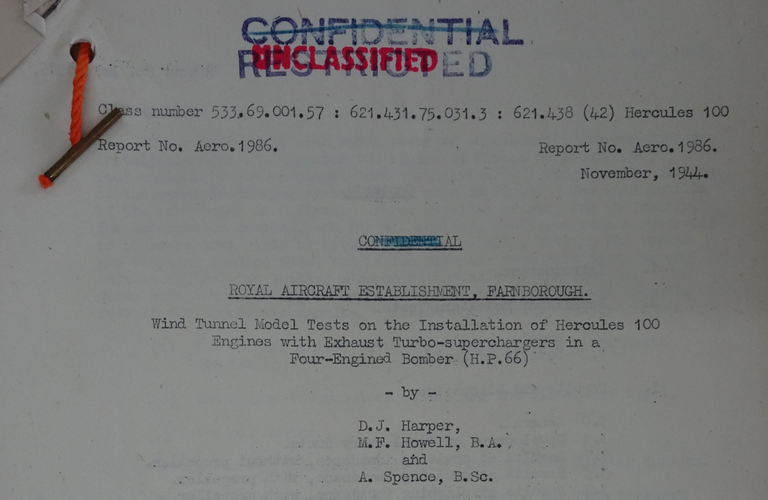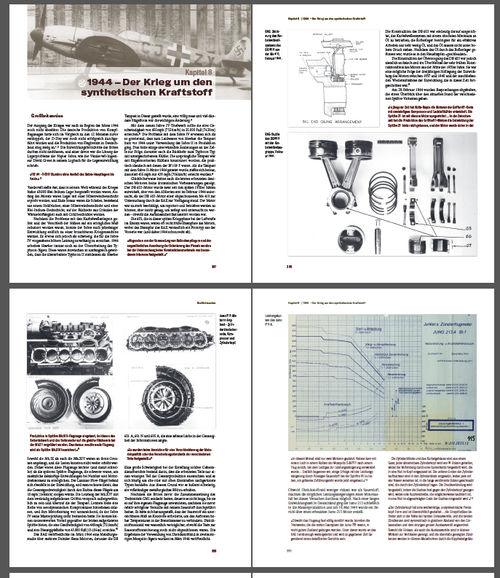- Joined
- 19 July 2016
- Messages
- 4,291
- Reaction score
- 3,477
Thank you, Sir. Got it.
Gas turbines are at their best at high speeds and altitudes. When stationary on the ground, they are less effective. On the other hand a piston engine is far more at home at zero feet, while a variable-pitch prop is equally at home with zero airspeed. Result; the jet takes time to build up full thrust.I keep wondering why the early gas turbines failed to accelerate as quickly as late model piston engines and, why the hybrids failed to bridge the gap. I understand materials were a problem until quite late on but I reckon a lot of it came down to political decisions and strategic investment.

With a car, you lose massively in transmission and drivetrain. While those so called tests are interesting to some I have to admit to boredom.Gas turbines are at their best at high speeds and altitudes. When stationary on the ground, they are less effective. On the other hand a piston engine is far more at home at zero feet, while a variable-pitch prop is equally at home with zero airspeed. Result; the jet takes time to build up full thrust.I keep wondering why the early gas turbines failed to accelerate as quickly as late model piston engines and, why the hybrids failed to bridge the gap. I understand materials were a problem until quite late on but I reckon a lot of it came down to political decisions and strategic investment.
Jeremy Clarkson once raced a Eurofighter from a standing start (can't recall what supercar he was driving, a McLaren or Bugatti Veyron or something like that). He shot ahead at the gun, but the jet overtook him comfortably before it reached rotation speed.
Gas turbines are at their best at high speeds and altitudes. When stationary on the ground, they are less effective. On the other hand a piston engine is far more at home at zero feet, while a variable-pitch prop is equally at home with zero airspeed. Result; the jet takes time to build up full thrust.I keep wondering why the early gas turbines failed to accelerate as quickly as late model piston engines and, why the hybrids failed to bridge the gap. I understand materials were a problem until quite late on but I reckon a lot of it came down to political decisions and strategic investment.
Jeremy Clarkson once raced a Eurofighter from a standing start (can't recall what supercar he was driving, a McLaren or Bugatti Veyron or something like that). He shot ahead at the gun, but the jet overtook him comfortably before it reached rotation speed.
Most authorities regard bypass turbofans as a form of jet engine, and for that matter ramjets too. What you are thinking of is more correctly described as a turbojet. And of course all those early jets were turbojets.That shows the mismatch between the high-speed exhaust from the jet and the surrounding air, making power transfer inefficient. That's what makes jet engines sluggish from a standstill. High-bypass turbofans and turboprops are better in this regard.
Take a look yourself of real torque curves.Let’s take a look on the PT6 112:
https://www.easa.europa.eu/downloads/16560/en
The PT6 112 has a shaft horsepower of 373 kw at a shaft speed of 31914 rpm (power turbine); this can easily used to calculate the torque:
M = P/(2*Pi*n) = 111.6 Nm
This is about the torque of a natural aspirated engine from a small car (1,2 L displacement). Of course, shaft torque is nothing you can feel and it shouldn’t be overestimated, but this example makes clear, that turbines have high rotational energy (due to the high rpm) and little torque to spool them up, so they are needing a lot off time for changes in power output
The torque available on the turbine shaft is irrelevant as a reduction gear is always fitted in turboprop/turboshaft installations. And for vehicle installations you miss the key point, torque rise (maximum torque available at the turbine shaft is irrelevant as one can manipulate it by reduction gear ratio). Torque rise is the key figure because it affects the number of speeds in the gearbox required for a given speed range. The higher the torque rise, the less gear shifting is required to accelerate/drive.these are torque curves behind the gearbox, they give no indication of the amount of torque on the shaft. All it takes is just a simple calculation (P=M*n*2Pi)
Calum, Any thoughts on a way for English only readers to get hold of the new information in the Italian edition?
Umm you either get an Italian Dictionary and get very clever, VERY fast.Calum, Any thoughts on a way for English only readers to get hold of the new information in the Italian edition?
Can I just 'bump' this question?
Providing i can find funds for a German research trip, it should be possible.Even though I have the current edition, I would gladly buy the revised 2nd edition.
With accompanying illustrations, no doubt. 600 pages of A4 is a helluva monster. Bindings get a bit stressed about it, apart from anything else. Sounds to me like a two-volume edition might be called for, split appropriately enough somewhere around Chapter 6: The Turning Point?...potential allowance for another 40,000 words...
I will second that!!Even though I have the current edition, I would gladly buy the revised 2nd edition.
Calum,Umm you either get an Italian Dictionary and get very clever, VERY fast.Calum, Any thoughts on a way for English only readers to get hold of the new information in the Italian edition?
Can I just 'bump' this question?
Or you can wait for us to make a heavily revised ACTUAL 2nd edition (instead of just reprints with typo fixes) of The Secret Horsepower race in English which will incorporate a lot of the new Italian materials.
Option 2 is being discussed at present with the publisher (potential allowance for another 40,000 words) but a few line-items to tick off before that is solidified into reality. If it goes ahead I`d be hoping to get that done in... 5months ish?
Said 2nd edition would not be just new Italian material, but there have been quite a few "bits and bobs" I`ve found since which probably need to go in, I`ll have to go back to Germany for a bit to get documents.
Many greetings from Speyer and Sinsheim.The cover of the German edition of the book is a mirror image of the cover of the original English edition.
View attachment 678085
As a consequence the air intake of the FW 190 D is now shown on the port side instead of the starboard side.
Maybe this has already been noticed by Calum or the editor or the publisher and will be corrected before the book is released, but I thought I mention it anyway, just in case
I`ll forward on that concerm.
The good news is that my Uncle did the translation work under my guidance, so the text inside will be grade A.


Roy Fedden mentions a couple neat ideas in "The First 25 Years of the Bristol Engine Department" from the Journal of Royal Aeronautical Society.
"These failures, for which I took full responsibility, were naturally a great disappointment to me. Some most promising new design work was undertaken by the Design and Development Departments on an improved copper cylinder head and a double entry blower, both of which would have paid good dividends, and I believe could have easily been brought into Production during the war. Resulting, however, from a close liaison with the Ministry of Aircraft Production officials and the Production side of the Company, born of contacts made
in connection with the Shadow Industry, over which at that period I had very little influence, these obvious improvements which, in my view, should have gone into the sleeve valve family of engines post-haste, were re-buffed. We were therefore not able to show the rapid development on the Hercules that was provided by the Rolls-Royce Merlin under a wholehearted single control."
And;
"I remember well a folder I sent to the late Chairman in 1942 strongly advising against gearing two engines together or an 8 engine installation of any sort, and pressing for the 6^ in. bore, 4,140 cubic inch, 18-cylinder engine to be proceeded with, having new copper heads and cylinder porting turned round to provide a new exhaust, which I believed would have made a fine engine of about 3,500/4,000 h.p. Both Arthur Gouge and Rex Pierson gave me full support on this, and were anxious to prepare designs for this engine."
Do you know anything about this? I can't recall this being mentioned in SHR, so apologies if my memory is failing.
Yes! Release the Director's Cut!as if you include all the "nearly" engines it quadruples in length
Sort of, it terms of the actual "results" in aircraft thats broadly correct, but once you look at the R&D files in both Britain and Germany, it gets a bit more difficult understand at first.I've got a question Calum. My perception, from all I've read and the comments here is that the US was the only nation with a serious effort on turbochargers going on between the wars. Both German and Japanese efforts during WW II appear to be late and less than successful and Britain doesn't seem to have looked at it at all. Is this perception correct?
